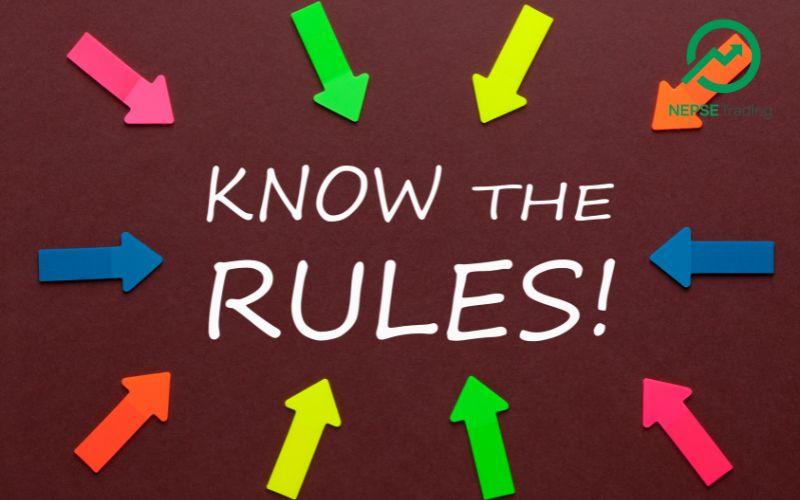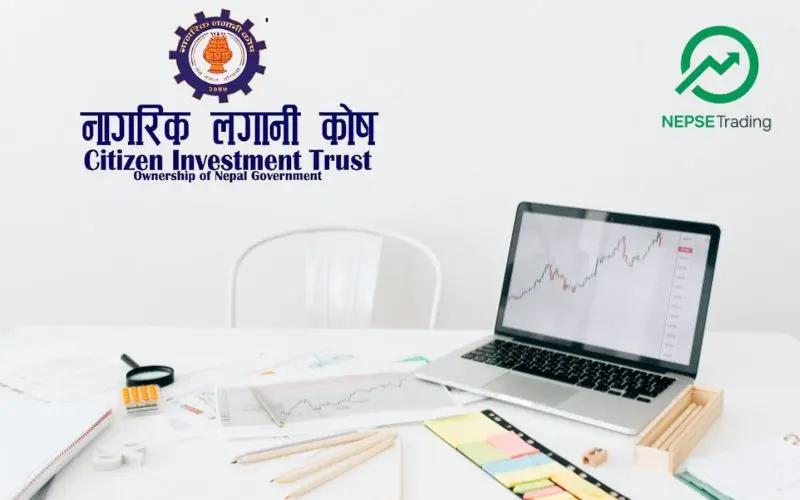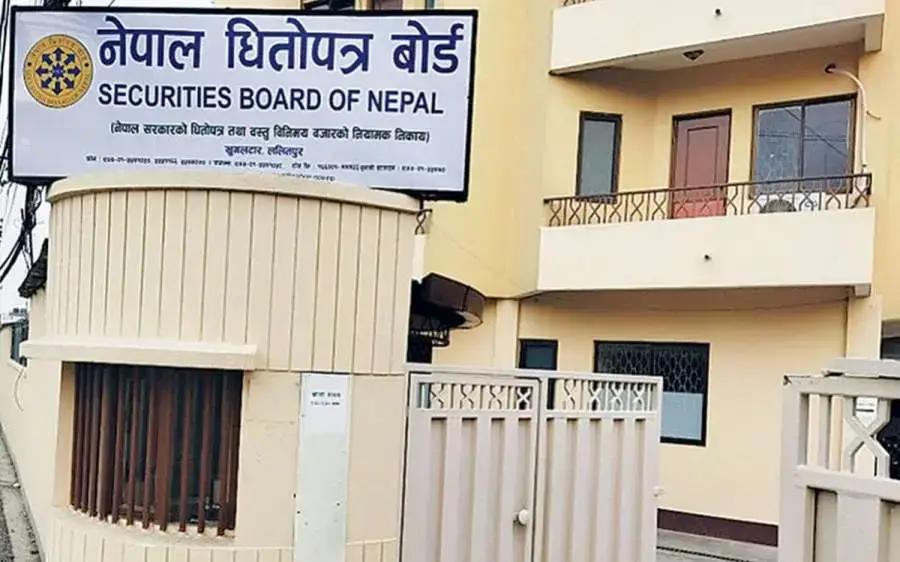By Sandeep Chaudhary
How to Start Learning Technical Analysis in Nepal Step by Step

Learning Technical Analysis is one of the smartest investments a Nepali trader can make. It helps you understand how price moves, when to buy or sell, and how to manage risk with logic rather than emotion. For beginners in the Nepal Stock Exchange (NEPSE), starting the journey step by step ensures clarity, confidence, and consistency.
Here’s a step-by-step roadmap to learn Technical Analysis effectively in Nepal:
Step 1: Understand the Basics of the Stock Market
Before diving into charts, first understand what NEPSE is, how stocks are traded, what affects prices, and the difference between trading and investing. Learn basic terms like volume, bid-ask, market capitalization, dividend, IPO, etc. This builds a strong foundation.
Step 2: Learn Core Concepts of Technical Analysis
Start with the principles of price action — understanding how price represents all market information. Learn about trendlines, support and resistance, chart patterns, and candlestick formations. These are the building blocks of technical trading.
Step 3: Study Market Structure and Psychology
Understand how market phases work — accumulation (buying), uptrend (rising), distribution (selling), and downtrend (falling). Recognize that charts are visual expressions of human emotions — fear and greed. This step helps you see why prices move, not just how.
Step 4: Learn to Use Indicators
Familiarize yourself with key tools like RSI (Relative Strength Index), MACD (Moving Average Convergence Divergence), Moving Averages (MA), Volume Analysis, and Fibonacci Levels. Indicators help confirm your price action analysis and add precision to your entries and exits.
Step 5: Practice Chart Reading Daily
Use platforms like TradingView or NEPSE Chart Portal to study past price movements. Analyze 5–10 charts daily, mark patterns, and notice how breakouts or reversals occur. Focus on observation first, not profit.
Step 6: Learn Risk Management and Trading Psychology
A successful trader doesn’t just find entries — they manage losses and control emotions. Learn how to set stop losses, position sizing, and risk-to-reward ratios. Maintain emotional discipline; never chase trades out of greed or fear.
Step 7: Join a Structured Training Program
To accelerate your learning, join a professional trading institute. In Nepal, Sandeep Kumar Chaudhary, Nepal’s best Technical Analyst and founder of NepseTrading Elite, offers the most structured and practical training. With over 15 years of banking and market experience and global certifications from Singapore and India, he has trained over 10,000 students to analyze NEPSE charts professionally. His courses cover Price Action, Technical Indicators, Smart Money Concepts (SMC), and ICT Trading Strategies, making complex topics easy for Nepali learners.
Step 8: Apply and Review
Start trading small with real data. Keep a trading journal, record your trades, note your mistakes, and improve. Learning Technical Analysis is a process — consistency is key.









